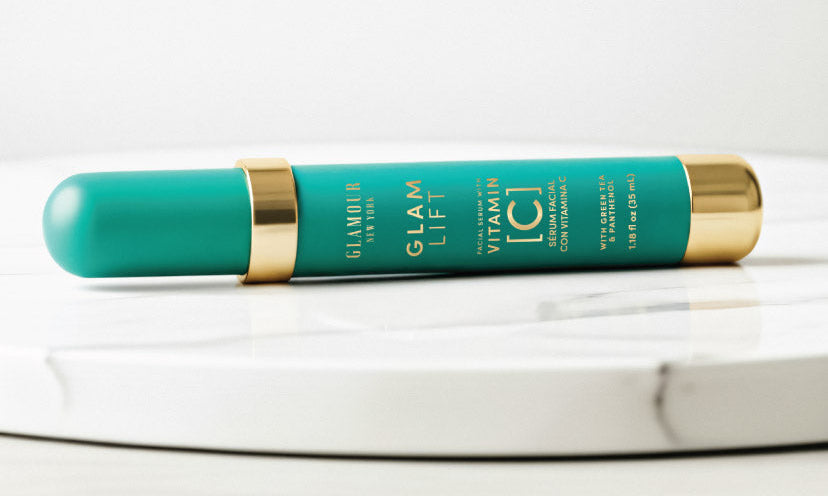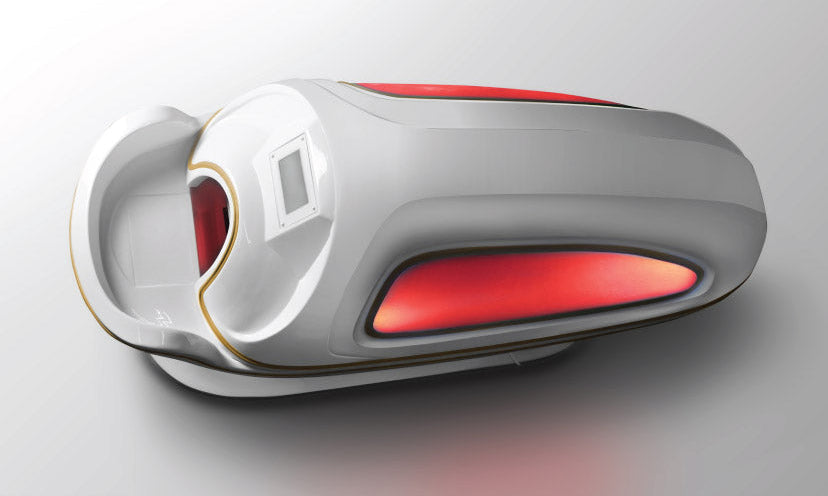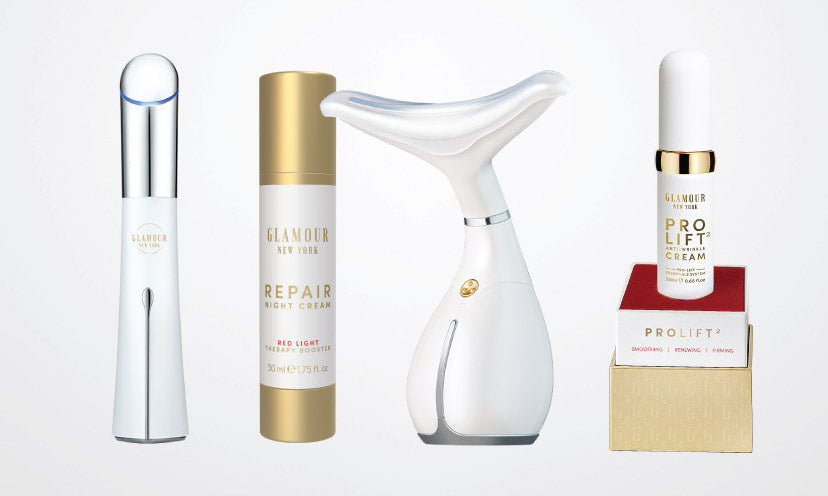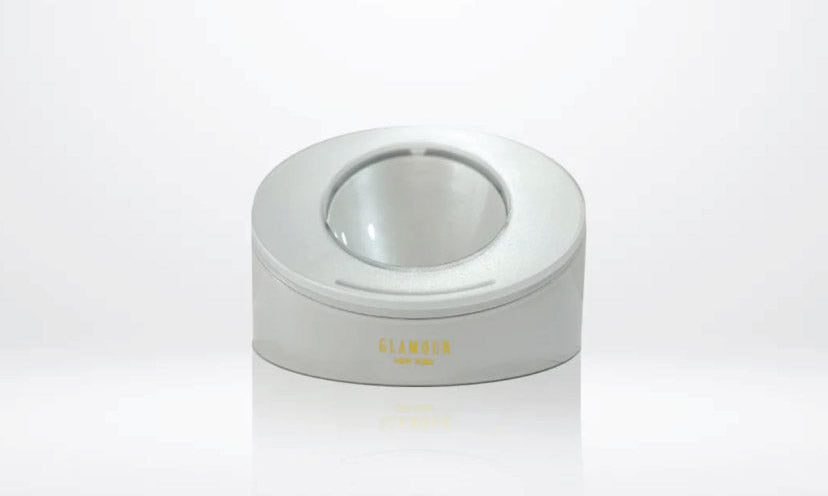The beauty industry is entering a new digital era—one where technology, AI, and biotechnology blend seamlessly with skincare science. From light-activated creams that react to your environment to smart serums powered by AI, and LED skincare boosters transforming at-home routines, 2025 is shaping up to be the most innovative year yet for skin health.
In this post, we’ll explore the top tech skincare trends for 2025, backed by science, data, and innovation, helping you stay ahead of what’s next in beauty tech.
The Future of Beauty Meets Technology
The global skincare market is projected to surpass $200 billion by 2026, and much of that growth is driven by tech-integrated beauty products. Consumers are demanding personalization, sustainability, and results, and technology is delivering all three.
What Is Tech Skincare and Why It’s Revolutionizing the Industry
“Tech skincare” refers to products and devices that use technology-based mechanisms—such as LED light therapy, AI diagnostics, microcurrent stimulation, or photoreactive ingredients—to enhance skin performance beyond what traditional skincare can do.
How AI, LED, and Smart Ingredients Are Changing Skin Health
AI is enabling customized skincare recommendations based on your skin’s unique microbiome and lifestyle data. Meanwhile, LED light devices and light-activated formulas are designed to boost cellular energy (ATP), improve collagen production, and reduce inflammation—all without invasive treatments.
The Rise of Light-Activated Skincare Formulas
Light-activated skincare is one of the most exciting new frontiers. These photoreactive creams and serums use bioactive ingredients that respond to light exposure, enhancing their absorption and effectiveness.
How Light-Activated Creams Work: The Science Behind Photoreactive Ingredients
At the molecular level, certain compounds—like riboflavin, titanium dioxide, and porphyrins—react to specific wavelengths of light. When triggered by natural sunlight or LED light, they activate enzymes that stimulate cell renewal and reduce oxidative stress.
A 2024 clinical study in the Journal of Cosmetic Dermatology found that light-activated skincare formulations increased skin radiance by 32% after 6 weeks of consistent use compared to standard creams.
Benefits of Light-Powered Skincare for Anti-Aging and Brightening
- Enhances collagen production
- Reduces fine lines and wrinkles
- Improves skin tone and luminosity
- Boosts the penetration of active ingredients
- Helps minimize UV-induced damage
Smart Serums: Personalized Skincare Powered by AI
2025 is the year of smart skincare, formulas that adapt to your unique skin condition using data-driven technology and AI-powered analysis.
What Makes a Serum “Smart”? Understanding the Technology
Smart serums are equipped with microencapsulated actives that respond to your skin’s pH, temperature, and hydration levels. Some are even paired with companion apps that scan your skin daily to customize dosage and usage frequency.
How AI and Data Are Creating Personalized Skincare Experiences
Through facial scanning and data analytics, AI identifies micro changes in texture, tone, and moisture. This enables personalized skincare routines that evolve over time—something previously only dermatologists could offer.
Smart Serum Ingredients: Peptides, Niacinamide, and Beyond
The new generation of smart serums combines adaptive peptides, hyaluronic acid nanospheres, and vitamin C liposomes that are released in response to specific skin triggers.
The Future of Smart Skincare Devices for At-Home Use
We’re seeing an explosion in app-connected skincare tools, like serums that sync with LED masks or microcurrent devices. These hybrid routines are defining a new era of precision beauty.
LED Skincare Boosters: From Clinics to Your Bathroom Counter
LED light therapy used to be reserved for dermatologists—but not anymore. Modern consumers now have access to FDA-approved LED skincare devices that deliver professional results at home.
How LED Therapy Works for Skin Rejuvenation
LED devices use specific wavelengths of light to target skin concerns:
- Red light (630–660 nm): boosts collagen and improves elasticity
- Blue light (405–420 nm): kills acne-causing bacteria
- Near-infrared light (850 nm): accelerates tissue repair and reduces inflammation
Red vs. Blue vs. Near-Infrared Light: Which Is Best for Your Skin Type?
| Light Type | Skin Concern | Result |
|---|---|---|
| Red Light | Fine lines, wrinkles | Smoother, firmer skin |
| Blue Light | Acne, breakouts | Fewer blemishes and reduced redness |
| Near-Infrared | Pigmentation, healing | Improved tone and faster recovery |
How to Pair LED Devices with Skincare for Maximum Results
- Before LED: Cleanse and apply a lightweight serum (avoid acids or retinoids).
- During LED: Use hydrating formulas that absorb light energy effectively.
- After LED: Apply peptide-rich creams or masks to lock in moisture.
Pro Tip: Try pairing your LED therapy with Glamour-NYC’s Repair Night Cream—formulated with collagen peptides and antioxidants that enhance post-light recovery.
Safety, Frequency, and At-Home LED Device Tips
For most users, 10–15 minutes per session, 3–4 times a week is ideal. Avoid direct exposure to the eyes and follow your device’s safety guidelines.
The Intersection of Beauty Tech and AI Skincare Innovation
AI-Powered Skin Analysis: The New Dermatologist in Your Pocket
AI-based analysis tools can now detect early signs of aging or dehydration with over 90% accuracy using simple smartphone photos. This makes personalized recommendations faster and more reliable.
Data-Driven Beauty: How Algorithms Predict Your Skin’s Needs
AI models process thousands of data points—such as humidity, sleep quality, diet, and skin microbiome—to forecast what your skin will need tomorrow, not just today.
Smart Beauty Gadgets Leading the Market in 2025
- AI Cleansing Brushes: Adjust vibration levels based on oil production
- LED Smart Masks: Auto-adjust wavelength intensity
- Smart Mirrors: Offer real-time skin assessments and progress tracking
Sustainable and Ethical Tech in Skincare
The Rise of Eco-Friendly Skincare Devices and Refillable Smart Packaging
The next generation of beauty tech isn’t just smart—it’s sustainable. Brands are integrating biodegradable materials and refillable smart containers to minimize waste.
How Biotechnology Is Reducing Waste in Beauty Formulations
Through bio-fermentation and lab-grown actives, companies are reducing reliance on scarce natural ingredients while maintaining potency and purity.
Clean Tech Beauty: Combining Science with Sustainability
Consumers are choosing brands that align efficacy with ethics—proving that green tech and glowing skin can coexist.
What to Expect Next: The Future of Skincare Technology
Predictive Skincare Routines Based on Real-Time Data
Imagine your moisturizer adjusting itself to weather forecasts or hormone cycles—that’s where predictive skincare is heading.
Merging Biotech, LED Therapy, and AI for Total Skin Health
2025 will see the convergence of AI, LED, and biotech in one ecosystem—creating holistic regimens that track, treat, and transform the skin over time.
How Consumers Can Stay Ahead of Beauty Tech Trends
- Follow credible sources like Allure Tech Beauty Awards and The Journal of Cosmetic Science.
- Invest in multi-functional devices over single-use gadgets.
- Focus on proven technologies like LED and AI-based routines rather than trends with no clinical backing.
Key Takeaways
- Light-activated skincare uses photoreactive compounds to enhance cell renewal.
- Smart serums and AI-powered beauty will dominate personalization in 2025.
- LED light therapy remains a cornerstone of non-invasive, at-home anti-aging treatments.
- The future is sustainable, data-driven, and hyper-personalized.
FAQs About Tech Skincare Trends 2025
What are the biggest skincare technology trends for 2025?
The leading trends include light-activated skincare, AI-powered serums, and LED therapy devices, focusing on personalization and sustainability.
Are LED skincare devices safe for all skin types?
Yes, when used correctly. Most at-home LED devices are FDA-cleared and safe for all skin tones when following recommended usage times.
How does AI personalize skincare routines?
AI analyzes your skin data through photos and environmental inputs, adjusting your routine in real time for optimal performance.
Do light-activated creams really work?
Yes. Studies show photoreactive ingredients can improve radiance and elasticity by stimulating natural repair enzymes under light exposure.
What’s next after AI and LED in skincare technology?
Expect to see biotech-infused skincare, DNA-based formulations, and quantum light therapy redefining skin wellness in the coming years.













